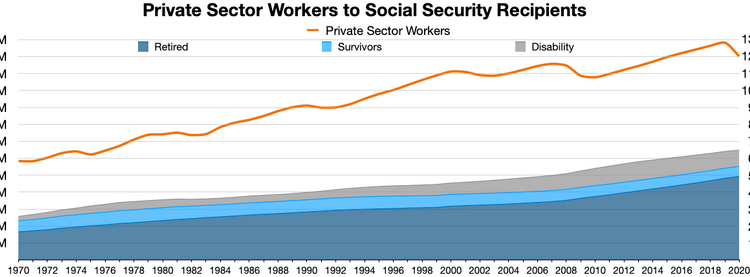As utilities invest billions in green energy, Californians face skyrocketing electricity costs.
- California’s utilities are investing billions to upgrade infrastructure and expand renewable energy.
- Electricity prices in California have nearly doubled in the past decade, making them among the highest in the U.S.
- Residents are struggling with soaring power bills, with some bills exceeding rent costs.
- The state is facing challenges from extreme heat, wildfires, and aging infrastructure.
- Legislators are debating how to manage rising costs and who should bear the burden.
California is making significant strides in renewable energy production and electrical infrastructure upgrades, especially after past wildfires caused extensive damage. Utilities are spending billions to bury power lines and transition away from fossil fuels by constructing solar and wind farms. However, this has led to skyrocketing electricity bills for residents. For instance, Jessica Simpson Nehrer from Borrego Springs saw her bill reach $1,873.90 in June, far surpassing her rent. Grocery store owner Rodger Gucwa attempted to save on costs by raising his thermostat, only to find his chocolate bars melting. nnNationwide, utility companies are passing on the costs of these capital investments to consumers, compounded by inflation and heat waves, resulting in painful bills for many. California has experienced some of the steepest price increases, with electricity costs nearly doubling over the last decade, now second only to Hawaii. The state’s consumer advocate has labeled this trend as ‘untenable.’ nnLawmakers and regulators are currently in discussions about how to address these rising costs. Some are pushing to reduce a fixed monthly charge that utilities plan to impose next year, while others are advocating for the restoration of rooftop solar subsidies that previously helped households generate their own power. nnThe demand for energy is surging due to the increasing use of electric vehicles and AI data centers, alongside extreme summer temperatures that often exceed 110 degrees in some areas. This has intensified the need for infrastructure investment, especially after past wildfires caused by utility equipment. In Borrego Springs, the local utility, San Diego Gas & Electric, has raised rates by 82% over the past decade to fund wildfire prevention and grid expansion. nnResidents like Gucwa are now paying nearly as much for electricity as they do for rent, despite efforts to cut costs. He replaced his refrigerators with more efficient models, but rising prices have negated any savings. Many locals are resorting to extreme measures to save on electricity, such as using window coverings to keep their homes cool. nnCalifornia’s utilities are also facing scrutiny over their management and the high costs associated with rebuilding the grid. Some smaller community-owned utilities have managed to maintain lower rates, raising questions about the efficiency of larger investor-owned utilities. nnAs California continues to push for electrification and renewable energy, the challenges of rising power rates and affordability remain at the forefront of discussions among lawmakers, regulators, and consumers alike.·
Factuality Level: 7
Factuality Justification: The article provides a detailed account of the rising electricity costs in California, supported by specific examples and quotes from residents and experts. However, it includes some anecdotal evidence that may not represent the broader situation, and there are instances of redundancy in discussing the same issues multiple times. Overall, it presents factual information but could benefit from a more concise structure.·
Noise Level: 7
Noise Justification: The article provides a detailed account of the rising electricity costs in California, linking it to broader issues such as climate change, infrastructure challenges, and consumer behavior. It includes personal stories that illustrate the impact on residents, which adds depth. However, while it raises important points, it could benefit from a more critical analysis of the systemic issues and potential solutions.·
Public Companies: Pacific Gas and Electric (PCG), San Diego Gas & Electric (SDG&E), Southern California Edison (SCE)
Key People: Jessica Simpson Nehrer (Resident and Hair Salon Owner), Rodger Gucwa (Grocery Store Owner), Jim Wermers (Mall Owner), Scott Jones (Resident), Leyla Nunez (Resident), Anthony Wagner (Company Spokesman for SDG&E), Severin Borenstein (Energy-Policy Expert and Professor), Ahmad Faruqui (Energy Economist), Ron Werthmann (Wine Marketer), Aswad Steel (Resident), Daniel Levy (Retired Television and Animated-Film Producer)
Financial Relevance: Yes
Financial Markets Impacted: Utility companies in California, particularly San Diego Gas & Electric, are facing scrutiny over rising electricity rates, impacting consumers and potentially influencing market dynamics.
Financial Rating Justification: The article discusses the financial implications of rising electricity costs for consumers and businesses in California, as well as the investments made by utility companies in renewable energy and infrastructure. This directly relates to financial topics, including utility pricing, consumer spending, and the economic impact of energy policies.·
Presence Of Extreme Event: Yes
Nature Of Extreme Event: Natural Disaster (wildfires)
Impact Rating Of The Extreme Event: Major
Extreme Rating Justification: The article discusses the impact of wildfires in California, which have caused billions of dollars in damage and led to significant changes in utility infrastructure and costs. The wildfires have also contributed to rising electricity prices and economic strain on residents, indicating a major impact on the community.·
 www.wsj.com
www.wsj.com 





